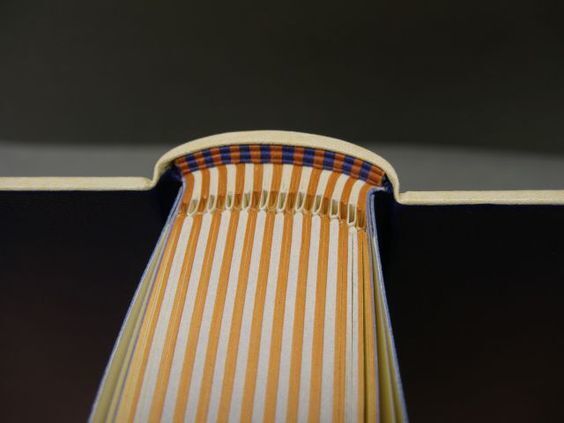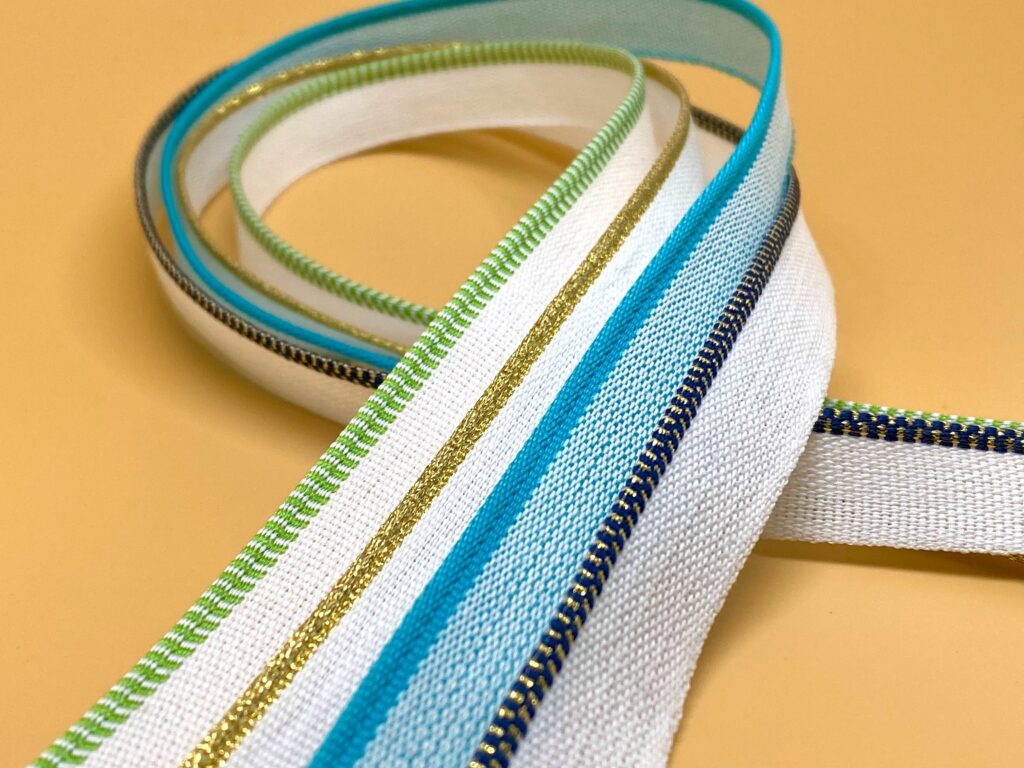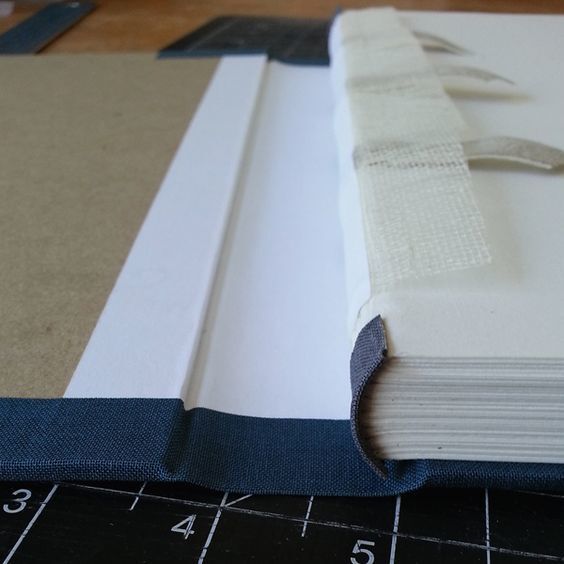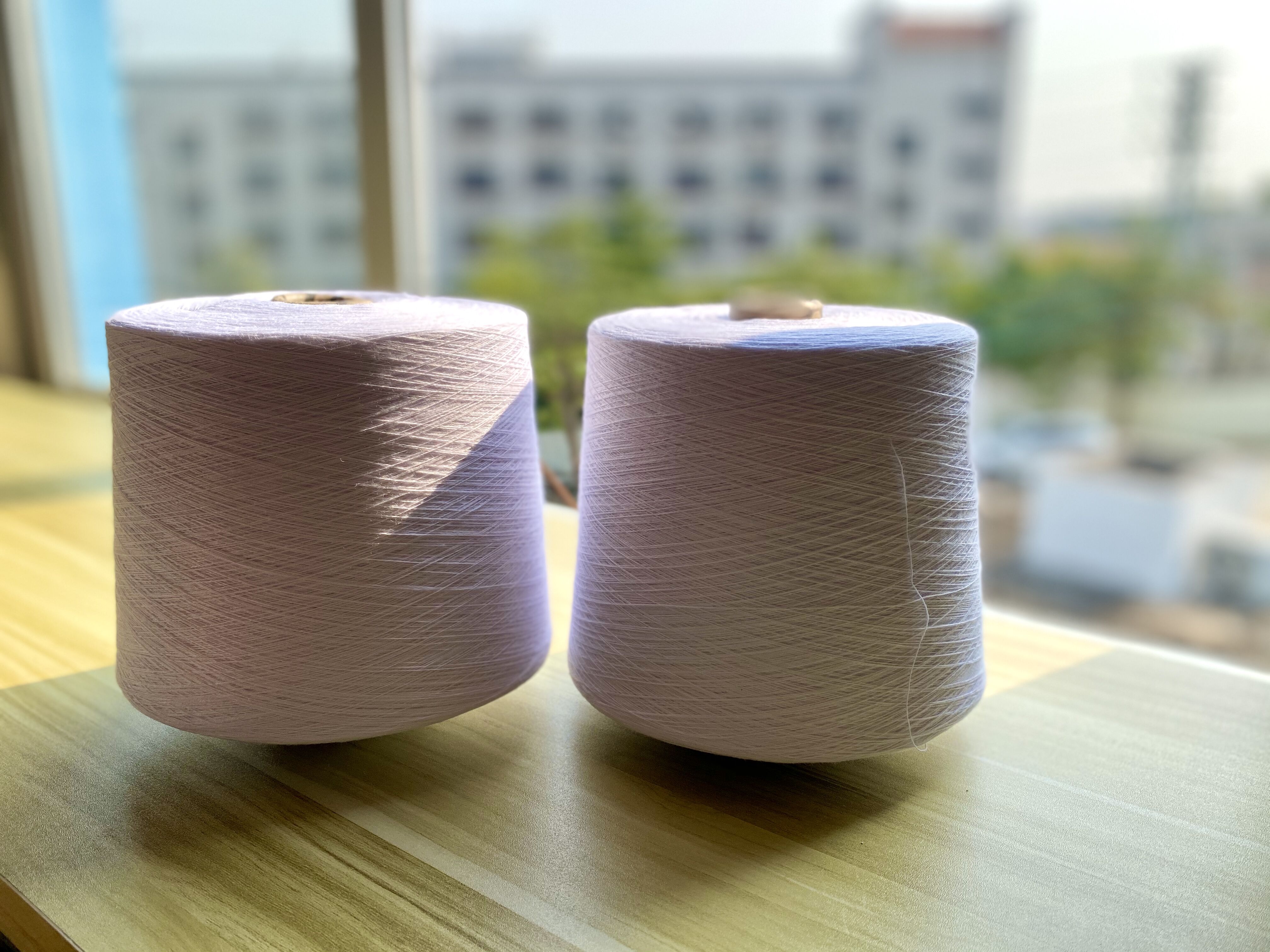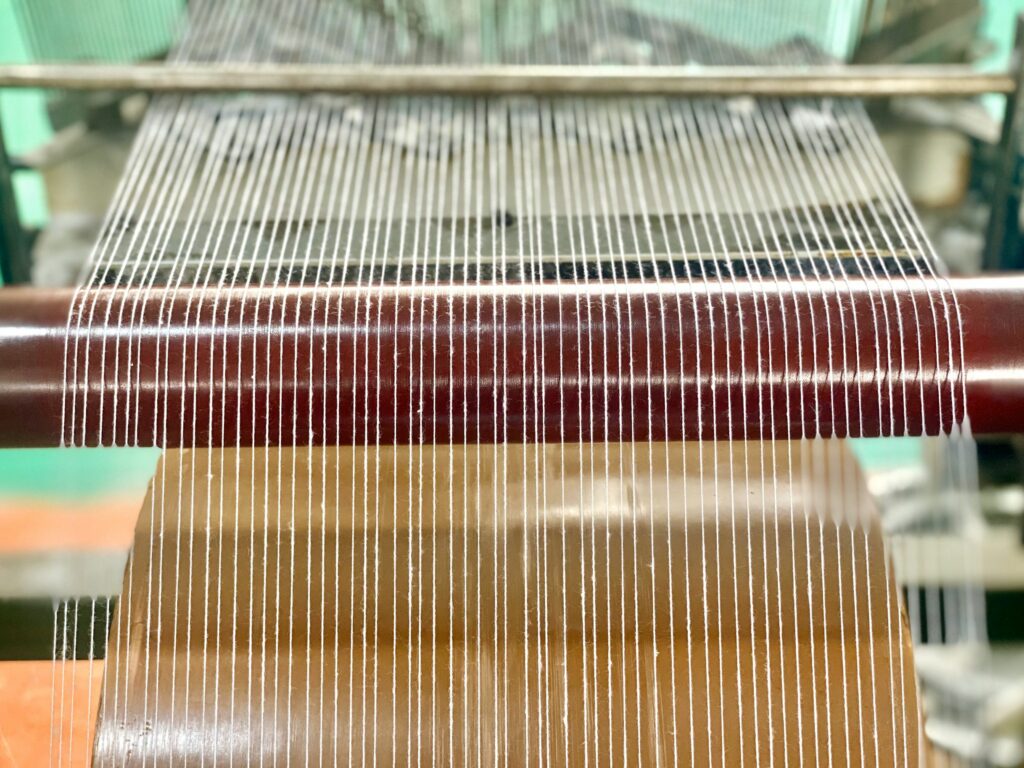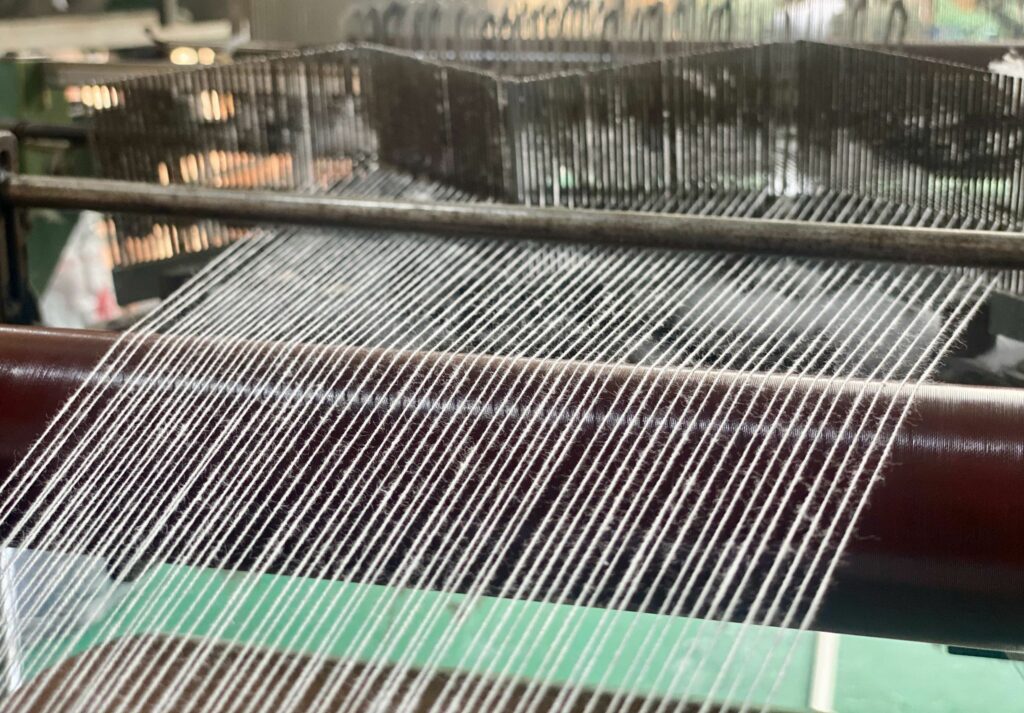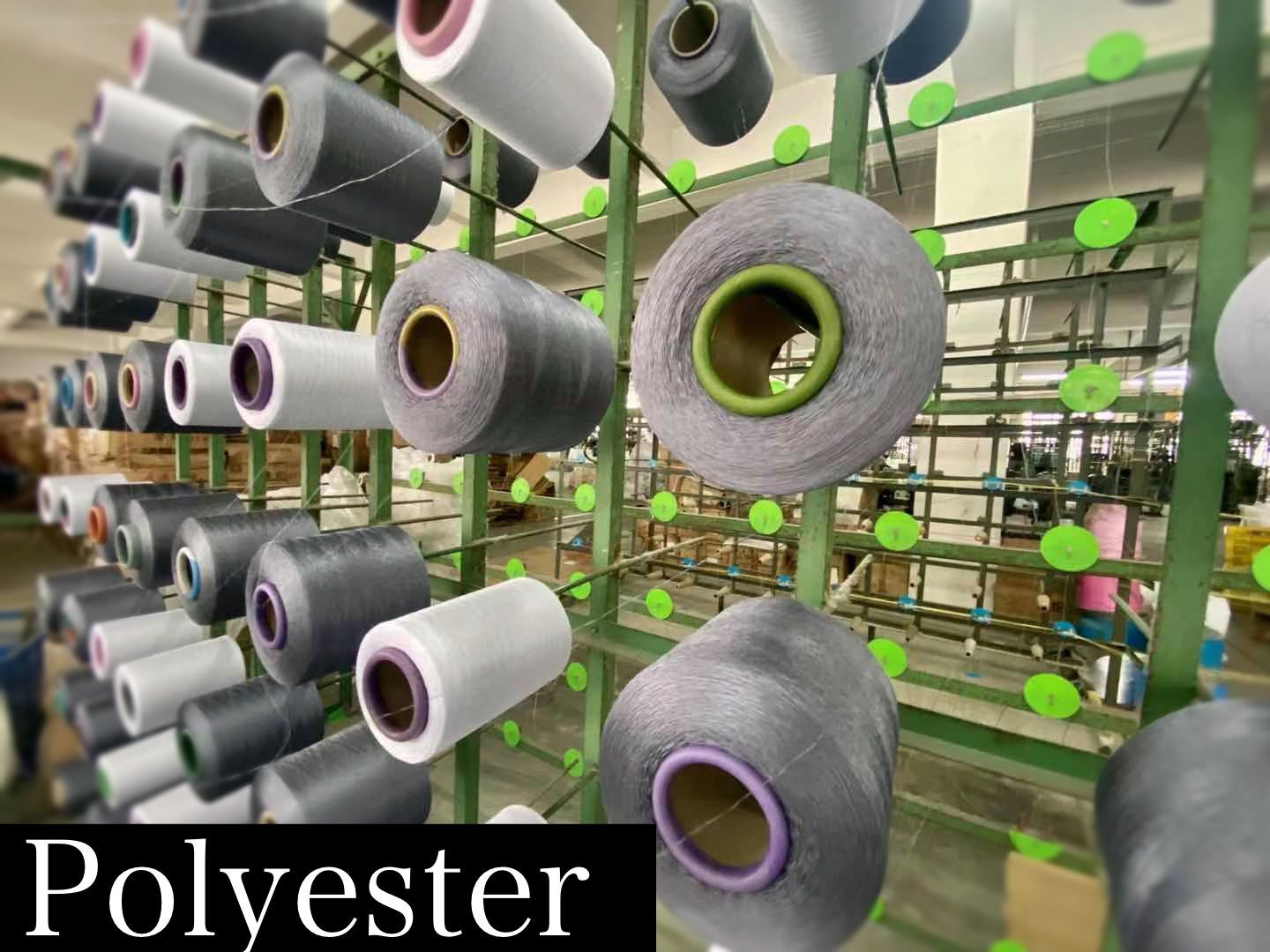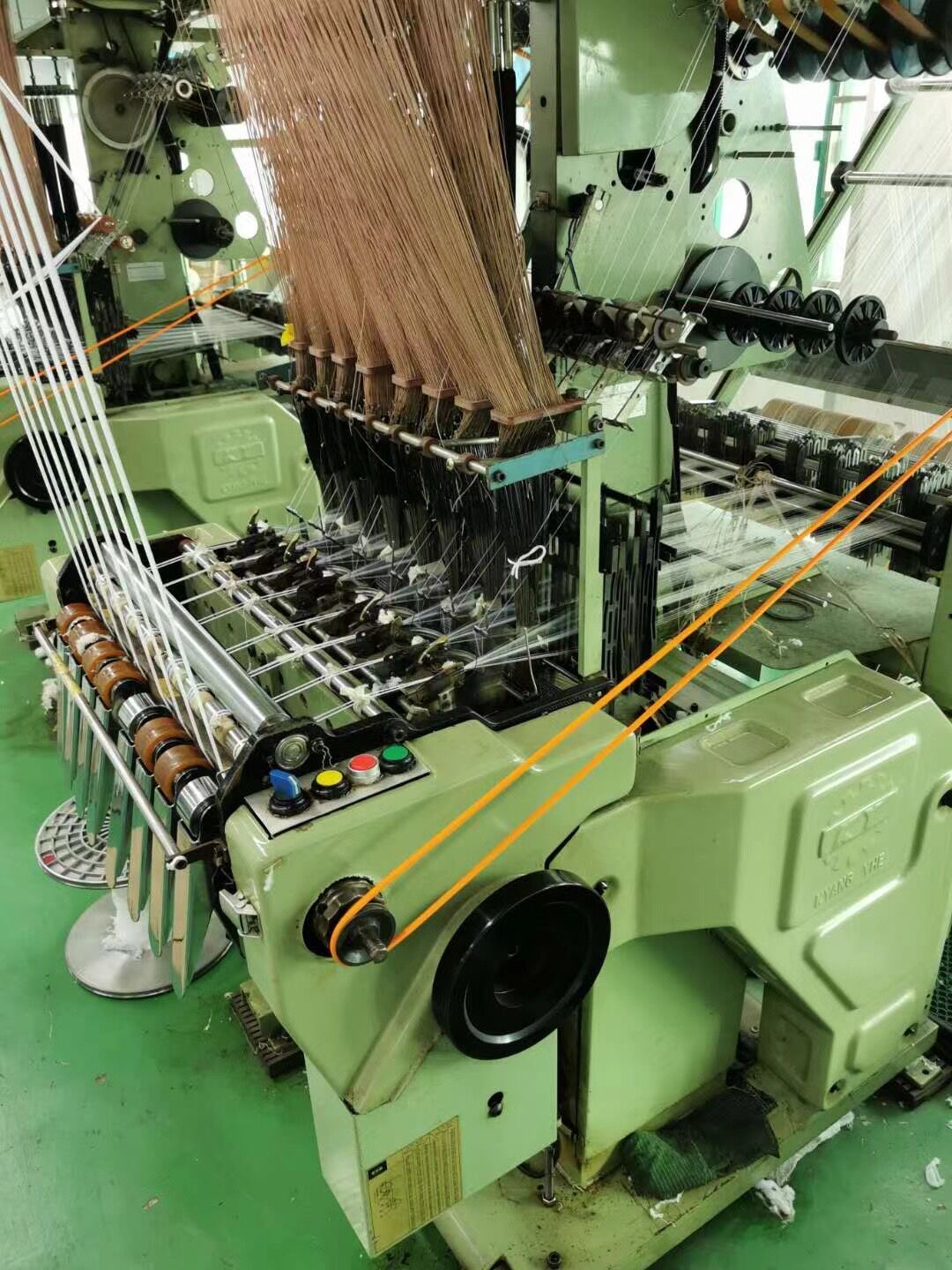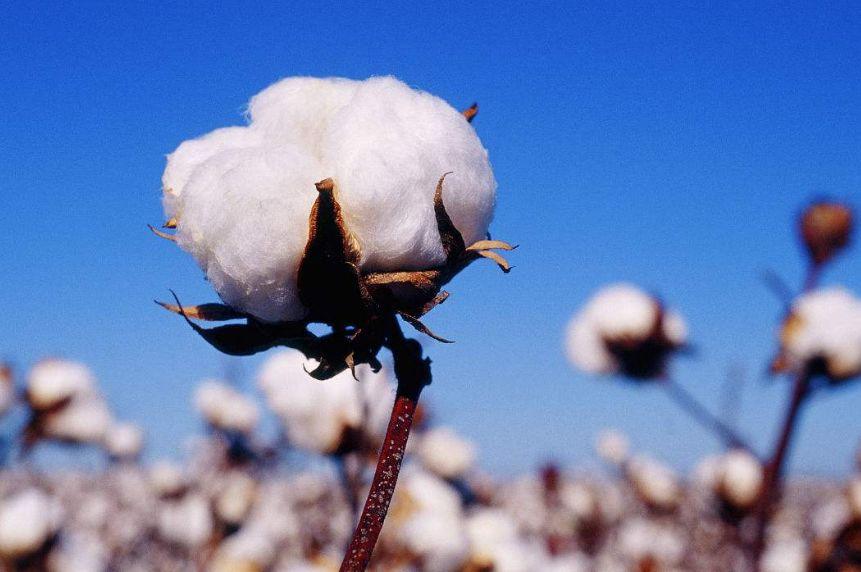Yarn is made of fiber, has a certain strength and fineness, and can be processed into any length of material, it is the basic unit of fabric. The thickness of cotton yarn is expressed by count, which is the length of veil per unit weight. The specific expression method is represented by s, including 10s, 18S, 21s, 32S, 40s. The higher the count, the finer the veil, the higher the count, and the higher the cotton grade, that is, the longer the fiber. At present, the British system is still commonly used in China, that is, when the cotton yarn (or other component yarn) weighs one pound (454g) and the length is 840 yards (0.9144 yards / M), the yarn fineness is one. If a pound of yarn, its length is 10 × 840 yards, its fineness is 10, and so on. The bigger the number, the thinner the yarn, the lighter, thinner and softer the fabric. The smaller the number, the thicker the yarn and the heavier, thicker and coarser the fabric.
The count of cotton yarn refers to the standard of distinguishing yarn thickness. Yarn count is the basic unit of finished fabric. The number of yarn count is inversely proportional to the degree of yarn count. The larger the number is, the finer the yarn count is. Generally, clothing, home textiles, bedding and so on have higher requirements for yarn count. According to yarn count, they are generally divided into 21, 32, 40, and rare 60 and 80 cotton yarns
21S: one or two pieces of cotton can be made into 21 pieces of 1m yarn, that is 21s cotton yarn;
32S: one or two pieces of cotton can be made into 32 pieces of 1m yarn, that is 32S cotton yarn;
40S: one or two pieces of cotton can be made into 40 pieces of 1m yarn, that is 40s cotton yarn;
60S: one or two cotton yarns can be made into 60 pieces of 1m yarn, which is 60s cotton yarn;
